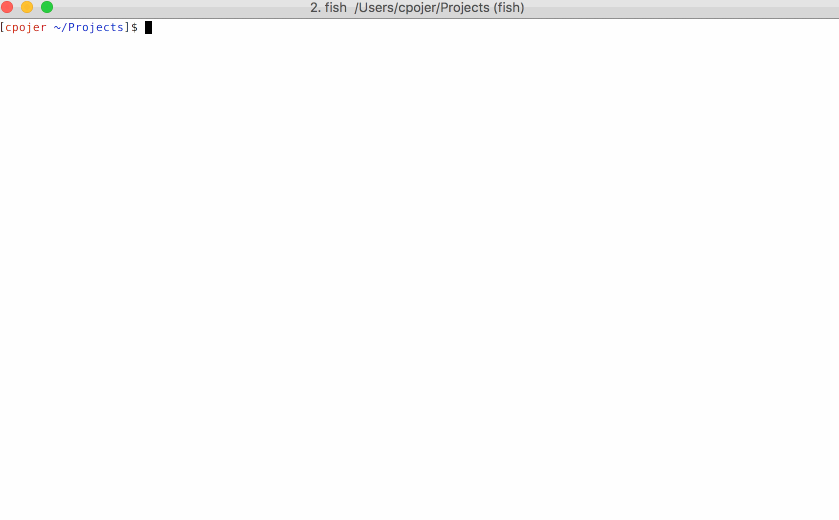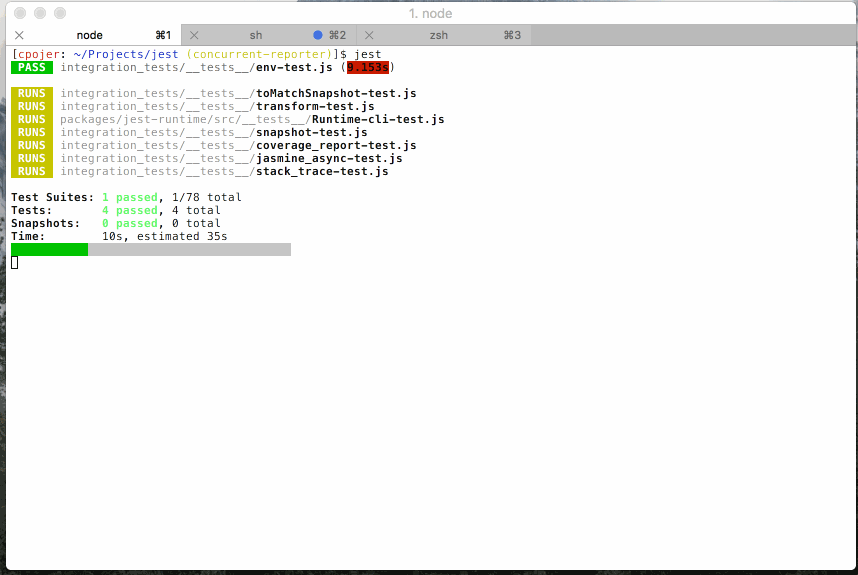We strongly believe that great documentation is crucial to providing a great developer experience. The docs should be clear, concise, and useful to new users and veterans alike. With that in mind, we recently took some time to overhaul the Jest website.
Improved docs
One of the changes you'll notice upon visiting our docs is the updated sidebar. The documentation is now divided into three main areas: an introduction to Jest, detailed guides to Jest's features, and a comprehensive API reference.
The Introduction section will guide you from installing Jest and writing your first case, to using Jest's matchers and testing async code. If you're new to Jest or need a quick refresher, these docs should get you up to speed in no time. If you've used Jest before and only need a quick reference on how it's installed, you need to go no further than the Getting Started guide.
Once you feel comfortable using Jest, proceed to the advanced Guides section. The new Snapshot Testing guide covers everything you need to know about creating and maintaining snapshot test cases.
Finally, we've completely overhauled our API reference docs. You can now find detailed information on all of Jest's Globals, matchers, and every flag supported by the jest CLI.





